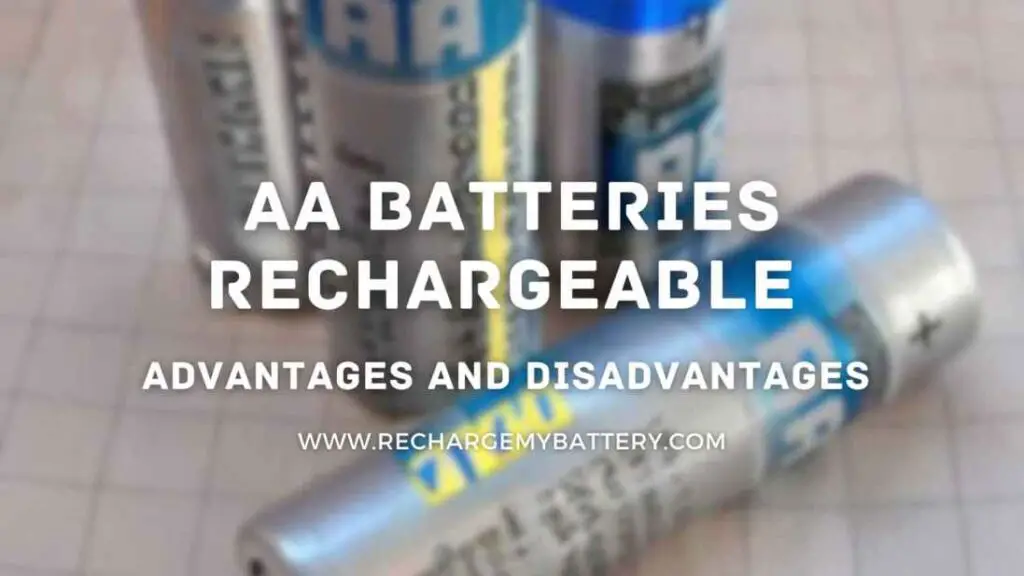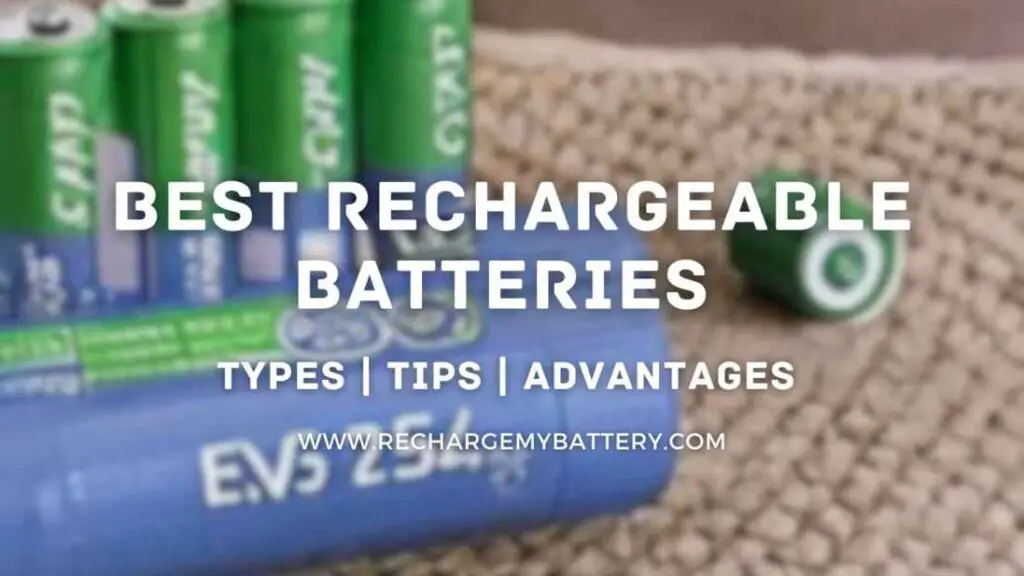In today’s world, where portable devices have become an integral part of our lives, rechargeable batteries play a crucial role. Imagine having the ability to create your own rechargeable battery from scratch. In this guide, we will walk you through the process of making a rechargeable battery, providing you with a step-by-step approach and insightful tips to ensure success. Whether you’re a DIY enthusiast or simply curious about battery technology, this guide is your gateway to understanding how these essential power sources are crafted.
How to Make a Rechargeable Battery
Creating a rechargeable battery involves several intricate steps that require precision and careful handling. By following this guide, you can embark on the journey of crafting your very own rechargeable battery. Let’s delve into the process:
Gathering the Necessary Materials
To begin, gather the materials you’ll need for crafting your rechargeable battery. These typically include:
- Anode and Cathode Materials: Choose suitable materials for both the anode and cathode. Common choices include lithium cobalt oxide for the cathode and graphite for the anode.
- Electrolyte: Select an appropriate electrolyte solution, which facilitates ion movement between the anode and cathode.
- Separator: The separator prevents direct contact between the anode and cathode, preventing short circuits.
- Container: You’ll need a container to house the battery components.
- Conductive Wire: To connect the anode and cathode to the external circuit.
- External Casing: A protective casing for the battery.
Assembling the Battery Components
Follow these steps to assemble your rechargeable battery:
- Prepare the Cathode: Apply the cathode material onto a current collector foil and compress it evenly.
- Add Separator: Place the separator on top of the cathode material to prevent direct contact with the anode.
- Apply Anode Material: Apply the anode material onto a current collector foil and place it on top of the separator.
- Add Electrolyte: Inject the electrolyte solution into the battery, allowing it to permeate the separator and facilitate ion movement.
- Seal the Container: Seal the container securely to prevent leaks and ensure the integrity of the battery.
- Attach Electrodes: Connect the cathode and anode to the external circuit using conductive wires.
- Place in Casing: Insert the assembled components into the external casing, providing protection and support.
Charging and Discharging
Once your battery is assembled, it’s time to charge and discharge it:
- Charging: Connect the battery to a suitable charger and allow it to charge. During this process, ions move from the cathode to the anode.
- Discharging: Connect the charged battery to a device, such as a flashlight or smartphone, and watch it power the device. During discharge, ions move from the anode to the cathode, providing electrical energy.
FAQs
How long does it take to make a rechargeable battery?
The time required to make a rechargeable battery varies based on factors such as your familiarity with the process and the materials used. Typically, it may take several hours to assemble and ensure the battery’s functionality.
Is it safe to make your own rechargeable battery?
Crafting a rechargeable battery involves working with potentially hazardous materials and chemicals. Without proper knowledge and safety precautions, it can be risky. If you’re new to battery making, consider starting with small and safe experiments before attempting a full battery.
Can I use alternative materials for the battery?
Yes, there are various materials you can experiment with for creating rechargeable batteries. However, it’s crucial to research and understand their compatibility, performance, and safety implications before using them.
What is the lifespan of a homemade rechargeable battery?
The lifespan of a homemade rechargeable battery depends on several factors, including the quality of materials, assembly techniques, and usage patterns. Generally, homemade batteries may have a shorter lifespan compared to commercial ones.
Are there any environmental concerns?
Yes, improper disposal of batteries can have environmental consequences due to the chemicals involved. It’s important to recycle or dispose of batteries responsibly to minimize their impact on the environment.
Can I sell homemade rechargeable batteries?
Selling homemade rechargeable batteries may require compliance with safety and quality standards, depending on your location. Research local regulations and ensure your batteries meet the necessary criteria before selling them.
Conclusion
Crafting your own rechargeable battery can be an exciting and educational endeavor. By following the steps outlined in this guide, you can gain a deeper understanding of battery technology and create a functional power source for your devices. Remember to prioritize safety, follow best practices, and continue exploring the world of battery making. Whether you’re a hobbyist or an aspiring battery enthusiast, the journey of making your own rechargeable battery is filled with potential and innovation.

